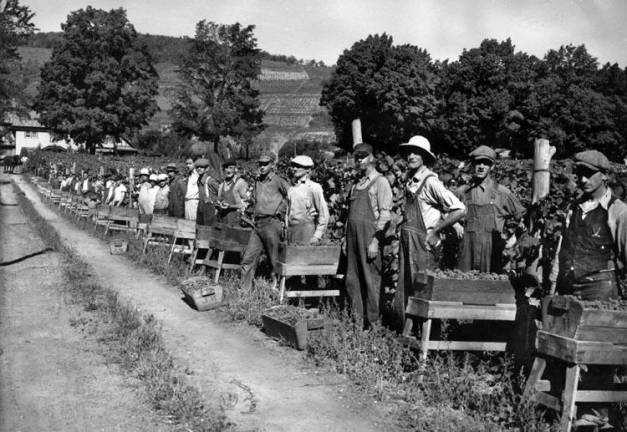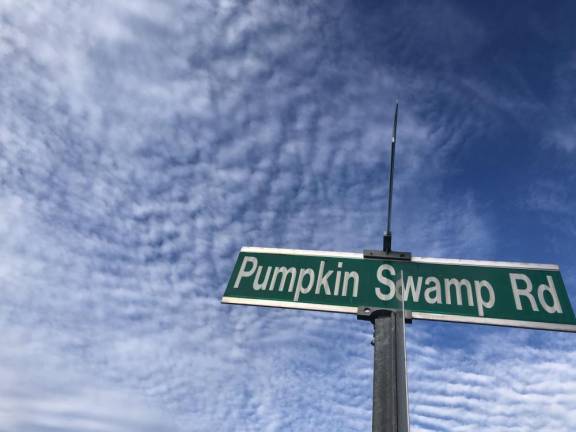Winter ghosts


Winter is a time for remembering what we cannot see. Like the ghosts of young German prisoners of war in our onion fields.
Eighty years ago, in the middle of World War Two, over a million and a half people had left agricultural work for military service or to get higher paying jobs in war industries. That left farms shorthanded with the planting, tending, harvesting and processing of crops. By 1944, a program developed whereby the Liberty ships that took American troops to Europe came back with Italian and German prisoners of war to over 500 camps across the United States. There were 48 in New York State, most in rural areas. At the program’s peak, a month before D-Day, almost half a million POWs were being held in the U.S. They were seen as a solution to the labor shortage, especially in the South.
Through a government program, farmers could hire POWs for 12-hour workdays for $.45 an hour. The POWs were paid $.80 a day in a script, good at the camp store, or they could save till they were repatriated. The difference helped run the program. Some people were amazed and angry that enemy soldiers were treated so well. “Coddled,” said some. Others called the camps “the Fritz Ritz,” a play on the nickname for German soldiers. But, too, there are stories of kindnesses shown and friendships developing. It’s estimated that about 5,000 German POW veterans emigrated back to the United States and became citizens.
Locally, Camp Popolopen near West Point had 300 German POWs. Camp Shanks, in Orangetown, Rockland County, was the largest embarkation and supply camp in the country. Built on over 2,000 acres, it displaced 130 family homes and farms. It was a rush job, completed in May, 1943 at a cost of $44 million, plagued by substantiated charges of graft and kickbacks. It housed 1,200 Italian and 800 German prisoners of war, and processed 290,000 POWs as they returned to Europe by July 1946. It’s quite likely you’ve passed right though the site of the camp, now part of the Palisades Interstate Parkway. A small Camp Shanks museum near the site is open weekends in the summer.
Local historian and onion farmer, John Ruszkiewicz, remembers, as a 9-year old, seeing POWs working in his family’s fields on Pumpkin Swamp Road in Florida. His grandparents told a story, he said, of “a neighbor in rural Paramus, NJ, having an escaped POW knock on their door asking ‘directions to Berlin, Germany.’ Police arrived a few minutes later.”
Yes, the roads we drive, the fields we pass have layers of buried stories.
Research contributed by Sue Gardner, local history librarian and Town of Warwick deputy historian